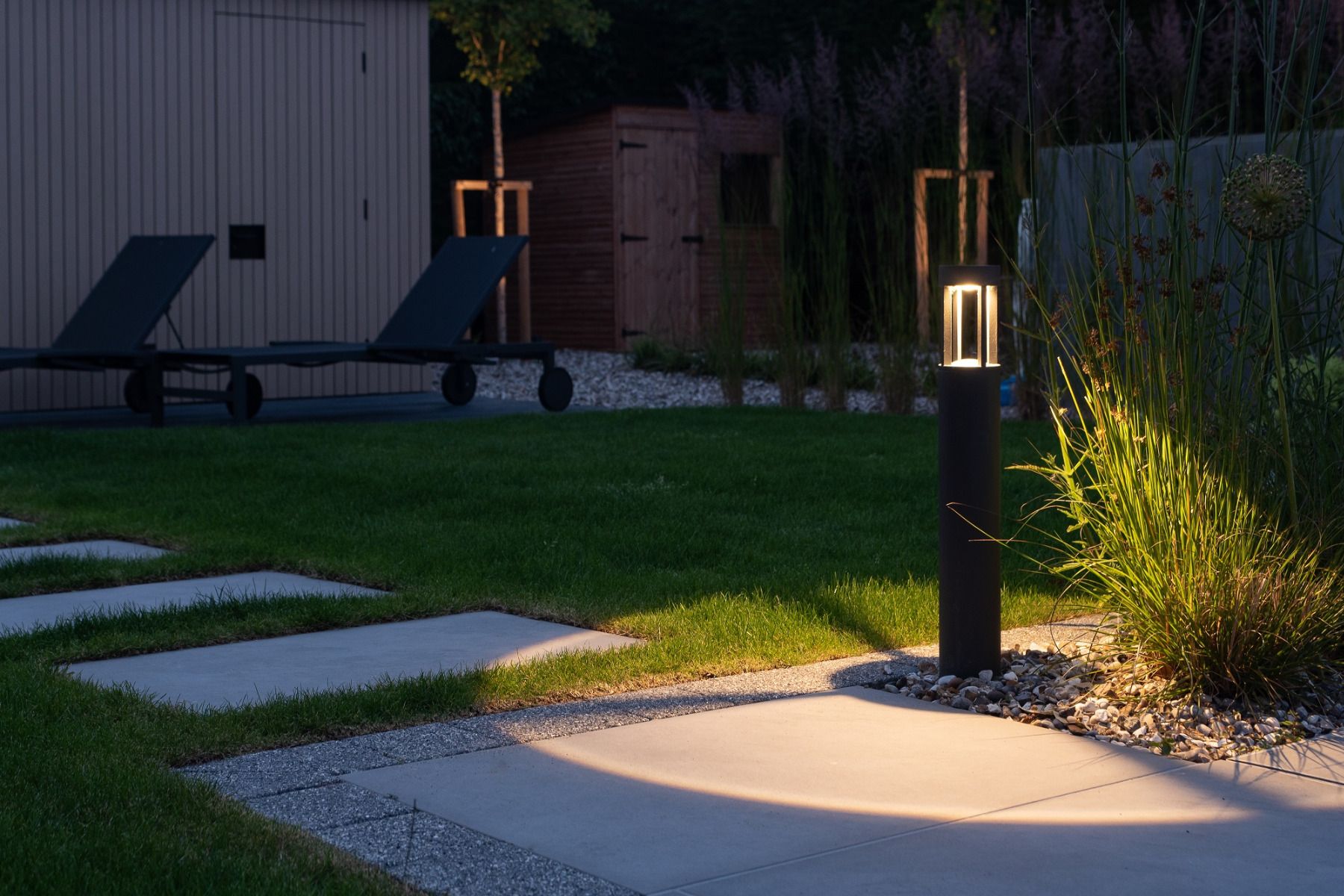Garden lighting is one of the most rewarding elements of an outdoor project, yet even experienced installers can fall foul of pitfalls that compromise safety, performance, and longevity. For UK garden lighting professionals—electricians, landscapers, and designers—avoiding these mistakes is essential to delivering results that delight clients and stand the test of time.
1. Poor Planning and Design
The biggest mistake is rushing into installation without a clear design. Garden lighting should enhance both functionality and aesthetics, yet many projects rely on guesswork rather than a considered plan. Common issues include over-lighting areas, creating glare, or leaving pathways too dim.
Equally important is recognising that clients often can’t fully visualise the final lighting effect until they see it in action. Once installed, they may ask for adjustments—lights too bright, too dim, or not enough coverage. Professionals should anticipate this by future-proofing their designs from the start.
Future-proofing tips include:
- Install conduit or ducting under hard landscaping (paths, paving, patios) so additional cables can be run later if required. It’s inexpensive during construction but extremely costly to add afterwards.
- Select fittings with flexibility, such as spike spots that can accept various lamp types, brightness levels, and beam spreads.
- Use fittings that allow glare shields or louvres to be fitted later—these simple accessories can save a project if glare becomes an issue.
To avoid on-site improvisation, always walk the site at dusk with the client, identify focal points, and agree on the desired mood. Mapping cable runs, ducting routes, and transformer locations in advance will help ensure smooth installation and adaptability for future changes.
2. Incorrect Cable Selection and Routing
Using the wrong cable type or inadequate protection is a frequent error. Standard indoor cable is not suitable for garden environments. Always use toughened, UV-resistant, outdoor-rated cable.
It’s also vital to follow correct burial depths. According to UK regulations, 240-volt cables must be buried at a depth of 600mm. Under hard landscaping, slightly shallower installation may be acceptable depending on the situation.
Low-voltage (12V) cables have no strict depth requirements—it’s largely a matter of common sense—but they should still be routed securely and protected from damage. Whenever possible, run cables through conduit to improve durability and facilitate future upgrades. Avoid leaving any loose cable on the soil surface; it not only looks unprofessional but can easily be damaged by tools or gardening activity.
3. Overloading Transformers or Power Supplies
A common oversight is underestimating the load on a transformer or driver. Exceeding rated capacity can cause premature failure, flickering, or overheating. Always calculate total wattage before installation and overspecify your power supplies generously.
While a 20% margin is often cited, modern LED systems benefit from a higher safety buffer. A 40% margin is recommended—particularly for constant voltage DC LED power supplies with MR16 or MR11 lamps, where fully loading the driver can lead to instability, flashing, or flickering.
High-quality, IP-rated power supplies should be placed in accessible but protected areas to allow for maintenance and ensure long-term reliability.
4. Neglecting IP Ratings and Weatherproofing
The UK’s wet climate demands robust protection. Fittings without appropriate IP ratings for their location are prone to water ingress, corrosion, and electrical faults.
As a rule of thumb:
- IP65 or higher for fittings exposed to rain or splashes
- IP68 for submersible or pond lighting
- Don’t overlook junctions, connectors, and enclosures—these must be fully weatherproof too. Avoid makeshift fixes like tape wraps; instead,
5. Ignoring Maintenance and Future Access
Even the best installations require maintenance over time. A common mistake is burying connections too deeply or positioning fittings where access is difficult.
Plan for easy access by:
- Using accessible junction boxes
- Leaving cable slack for re-termination
- Providing a simple installation plan for the client
When combined with the earlier future-proofing measures (conduit runs and adaptable fittings), this approach ensures that adjustments and maintenance can be carried out efficiently and safely.
6. Forgetting the Client Experience
Finally, technical excellence means little without a great client experience. Consider usability from the start:
- Group lights into zones for flexible control
- Integrate timers, dimmers, or smart controls for convenience
- Minimise glare from seating or dining areas
Clients judge a project not only by reliability but by how enjoyable and intuitive it feels to use. Taking the time to anticipate how the space will be experienced after dark transforms a functional installation into a memorable one.
Final Thoughts
Garden lighting offers professionals the chance to combine technical skill with creative design. By avoiding common mistakes—poor planning, incorrect cabling, overloading power supplies, neglecting IP ratings, limiting maintenance access, and overlooking user experience—and by designing with flexibility and future-proofing in mind, UK professionals can deliver installations that are safe, durable, and visually stunning.
A little extra care in design and execution goes a long way toward building a reputation for excellence—and ensuring that your clients remain delighted long after the lights come on.
